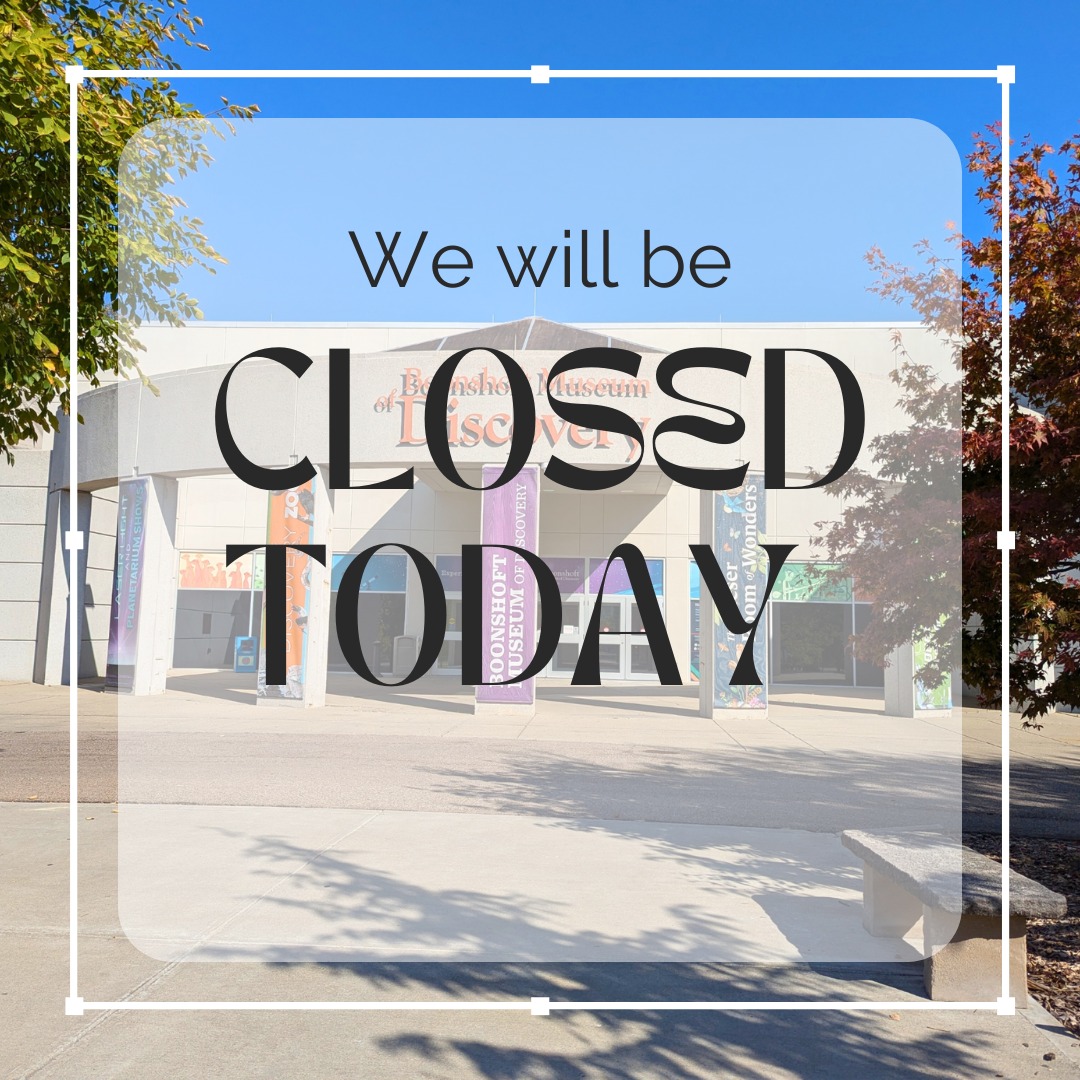- The reasons behind zoo closures and their impact on daily operations.
- The importance of animal welfare during unexpected closures.
- The role of zoo staff in maintaining safety and care during closures.
- Wildlife conservation efforts amidst operational changes.
- Public safety considerations and communication during unexpected closures.
On January 6th, a closure notice from Boonshoft Museum of Discovery informed the public that the facility would not be open for visitors. Such closures, though often unexpected, are not uncommon. Various reasons, including extreme weather, infrastructural upgrades, or unforeseen emergencies, necessitate these decisions. Understanding these aspects offers insight into the functioning and priorities of zoological institutions, which extend beyond just public engagement.
Zoo closures potentially affect numerous elements of both operations and wildlife care. When a zoo announces that it will remain closed, primary concerns center around the wellbeing of the animals. Zoos function as critical points for animal care, research, and conservation education. During a closure, caretakers must adjust their schedules to provide undisturbed care to the animals. Feeding, medical assistance, and habitat maintenance continue uninterrupted, ensuring that the animals remain unaffected by the absence of visitors. Professional keepers and veterinarians are vital, adept at managing the routines of feeding, health checks, and enrichment within safe environments, regardless of external conditions.
The role of zoo staff becomes even more pronounced when a zoo is closed. They are responsible for maintaining the delicate balance between efficient operation and animal wellbeing. A zoo closure does not mean a day off for these professionals. Instead, it emphasizes the need for vigilance in ensuring that the ecosystems within the zoo continue to thrive without public interference. Staff members also take this time to conduct essential inspections, repair facilities, and plan for future events, which is crucial for the overall functionality of the zoo.
Safety and preparedness are paramount at times when public facilities need to cease operations temporarily. While the animals’ care is assured, the public’s safety is just as critical. Communication channels play a significant role here. Clear, timely announcements regarding closures inform visitors of changes, preventing unnecessary travel and potential risk. Utilizing various communication platforms like social media, website updates, and press releases ensures that information reaches the largest audience quickly.
Furthermore, operational adaptations like closures serve as opportunities to internally reassess and reinforce wildlife conservation efforts. While public access is a valuable educational tool, behind-the-scenes work continues to advance conservation strategies and improve species survival plans. These plans often include maintaining genetic diversity, ensuring adequate habitats, and researching species-specific needs. Zoos frequently collaborate with conservation organizations worldwide, working on breeding programs and habitat preservation projects that run continuously regardless of visitor access.
Early preparation and advanced planning are crucial for managing unforeseen events like a closure. This involves comprehensive contingency plans covering all aspects of zoo operations. Every sector from administrative to technical teams has specific protocols in place to address the myriad challenges that can arise during these periods. These preparations not only protect physical assets but also support the public trust that zoos must uphold, showcasing their dedication to animal welfare and public service.
It’s imperative for zoological institutions to demonstrate transparency and reliability to maintain public confidence, particularly during closures. Public perception of how a zoo manages its services during a non-operational day can influence its reputation significantly. Effective communication regarding why a facility like Boonshoft would remain closed, such as for a storm or improvement project, reassures the public of the proactive measures undertaken to protect both human and animal lives.
Ultimately, while closed doors might suggest inactivity to the public eye, they often represent an intense period of activity behind the scenes. Zoo management utilizes these opportunities to refine operations, integrate cutting-edge technologies for animal tracking and care, and engage in activities that can prepare for more significant conservation impacts.
As Boonshoft Museum of Discovery prepared to reopen on January 7th, the unobserved efforts that ensured the safety and health of both animals and staff leading to the reopening are pivotal. The facility’s commitment to safety and excellence reflects broader goals shared by zoological institutions worldwide, emphasizing the intrinsic value of their roles in conservation, education, and animal welfare.
*****
Source Description
We will remain CLOSED today, Monday, January 6th.
Boonshoft will reopen Tuesday, January 7th at 9am.
Be safe!


